

International Tea Day 2025: Explore India’s rich chai culture with these 7 unique regional teas—from Kashmir’s Noon Chai to Mumbai’s Cutting Chai—each steeped in history, flavour, and local traditions
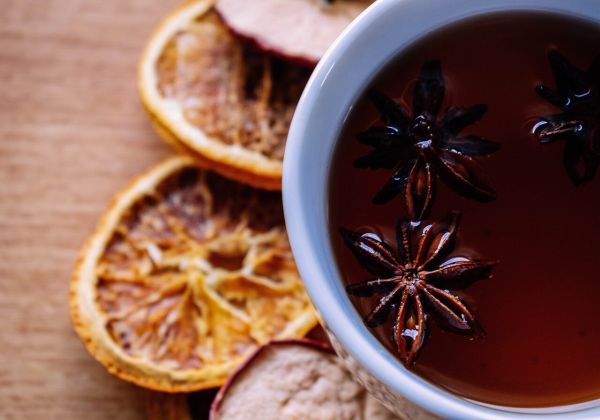
Originating in Kerala’s Malabar region, Sulaimani Chai is celebrated as a symbol of hospitality. Known for its sweet-sour profile with subtle spice, it is traditionally served after hearty meals like biryani. The tea’s Arab roots trace back to a time when Prophet Mohammed reportedly enjoyed a blend made with dates and black pepper. Over time, this evolved into the present-day Sulaimani, rich with local spices and black tea. It reflects a blend of cultural exchange through centuries of trade.
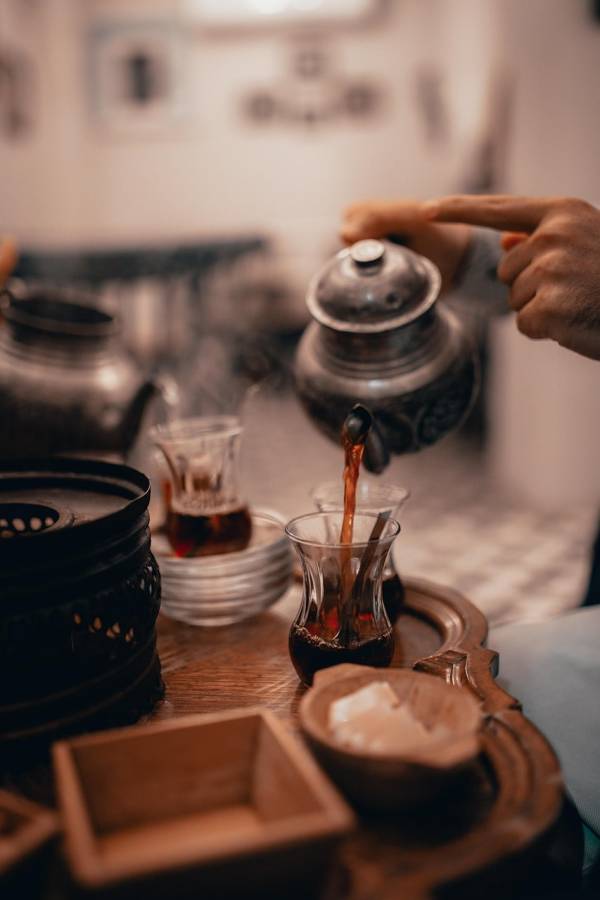
Parsi Choi is a tea that carries historical significance, influenced by the British era. Food anthropologist Kurush Dalal noted that the Parsi community enhanced regular tea by infusing it with mint and lemongrass for added flavor. Traditionally, this tea is accompanied by classic Parsi treats like date and walnut cakes, mawa cakes, chaapat (a kind of pancake), karkariya (banana fritters), or popatjis (sweet doughnuts), turning tea time into a full experience.
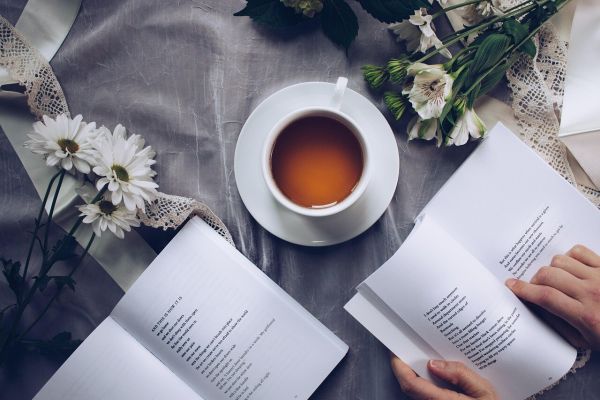
A staple in Kashmiri winters, Noon Chai is instantly recognizable by its distinct pink hue, which results from a reaction between baking soda and tea leaves.
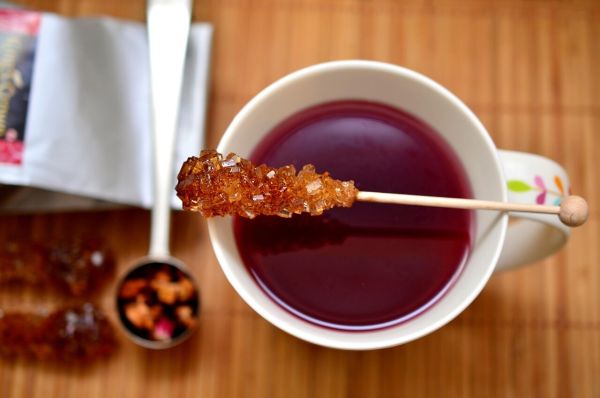
Berinag Tea, known for its mellow flavor and hints of fruit and floral notes, hails from Uttarakhand’s Pithoragarh region. The tea’s prominence began under British rule and was later championed by philanthropist and tea entrepreneur Thakur Dan Singh Bist. He acquired the Berinag estate and expanded its global appeal, making it a renowned product by the mid-20th century.
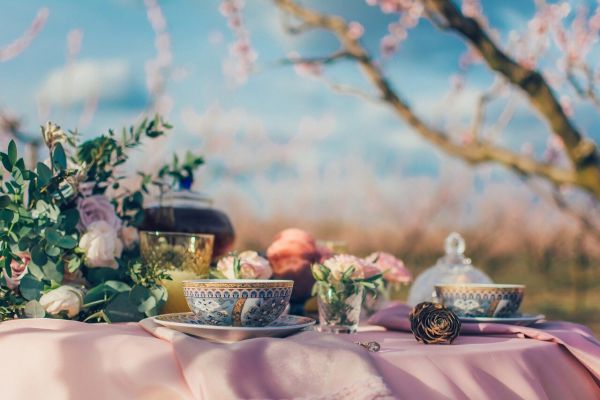
In Bengal, tea time often revolves around Lebu Cha — a refreshing lemon tea. The recipe differs by household, but the core involves black tea brewed with lemon and a mix of moshla, which includes black salt, ginger powder, pepper, and other secret spices. Served without milk, Lebu Cha is best enjoyed with Bengali street snacks like ghughni, aloo kabli, and chicken pakoras, making it a cherished part of everyday life.
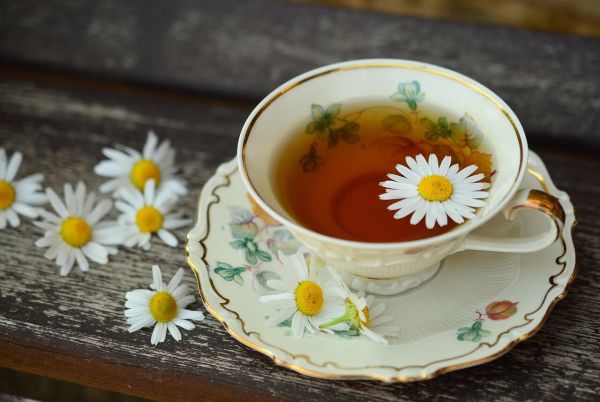
Ronga Saah is a reddish-brown tea from Assam that stands out for its simplicity — it’s brewed without milk or spices. Mild and aromatic, it traces its story back to 1823 when Scottish trader Robert Bruce identified a local tea plant similar to the Chinese variety. This discovery led to the establishment of Assam’s first tea estate in 1839 and launched Assam’s legacy as a major tea-producing region.
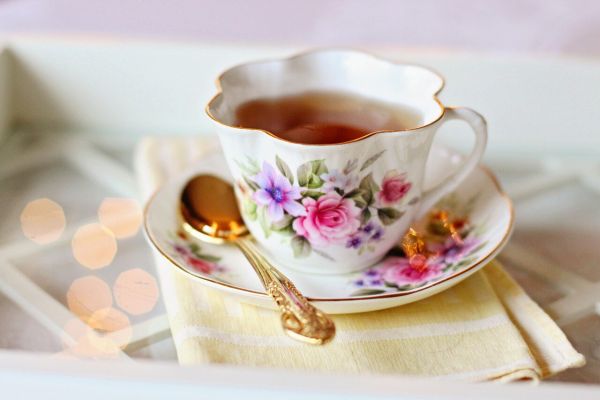
Cutting Chai is synonymous with Mumbai’s fast-paced spirit. Despite being a smaller serving, its punchy flavor comes from a highly concentrated brewing process. It has become more than a drink — serving as a comfort after tough days, a conversation starter, a rainy-day staple, and the go-to during office breaks. For many, including this writer, a year filled with Cutting Chai promises comfort, connection, and joy — and perhaps, a resolution worth keeping.